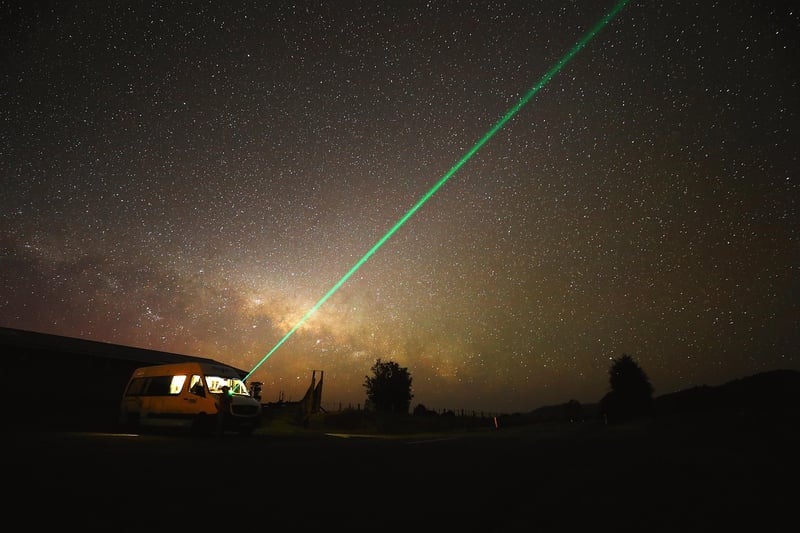Constellation Guide
Navigating the Cosmos: A Beginner's Guide to Exploring the Night Sky

Looking up at the night sky can be a mesmerizing experience, filled with twinkling stars, distant planets, and mysterious phenomena. Whether you're a seasoned stargazer or a newbie to astronomy, navigating the cosmos can be a rewarding journey. In this guide, we'll explore some tips for exploring the night sky and understanding the beauty of constellations.
Tips for Stargazing:
- Find a dark location away from city lights to have a clearer view of the stars.
- Use a star map or a stargazing app to identify constellations and planets in the night sky.
- Invest in a good pair of binoculars or a telescope for a closer look at celestial objects.
- Be patient and allow your eyes to adjust to the darkness to see more stars.
Exploring Constellations:
Constellations are patterns of stars that form recognizable shapes in the sky. They have been used for centuries to navigate and tell stories about the cosmos. Some popular constellations include:
The Big Dipper

The Big Dipper is one of the most recognizable constellations in the northern hemisphere, resembling a ladle or saucepan. It is part of the larger Ursa Major constellation.
Orion

Orion is a prominent constellation visible in the winter sky, often referred to as the Hunter. It contains the famous Orion's Belt and the Orion Nebula.
Exploring constellations can be a fascinating way to connect with the cosmos and learn more about the stars above. Remember to bring your curiosity and a sense of wonder as you gaze into the night sky!
Happy stargazing!
